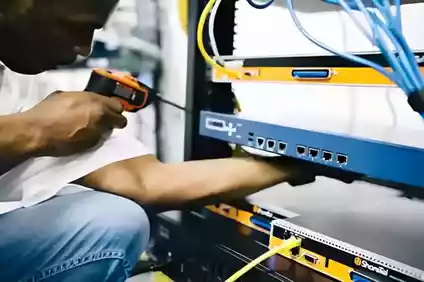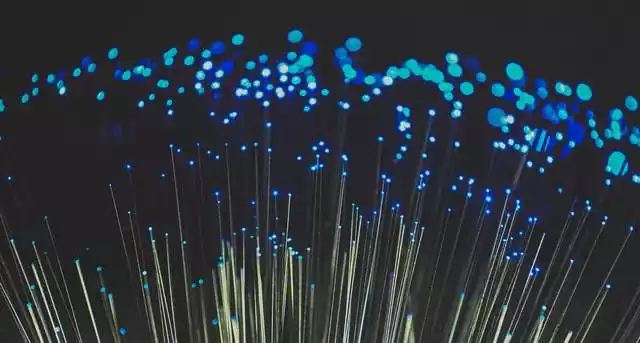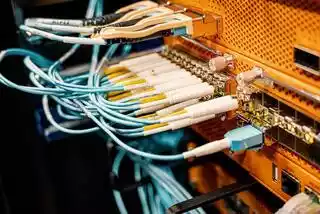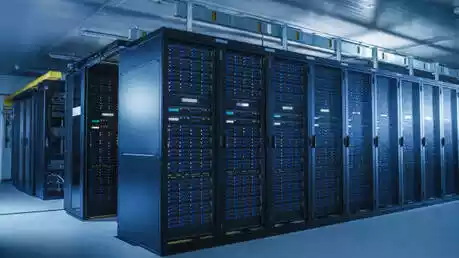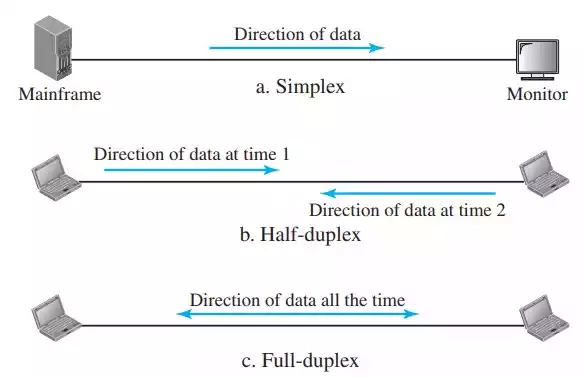How Does Data Travel Through Wires?
Data transmission is the cornerstone of modern communication, facilitating seamless connectivity and driving our digital interactions. From streaming videos to sending emails, data traverses through wires, following a complex path to its intended destination.
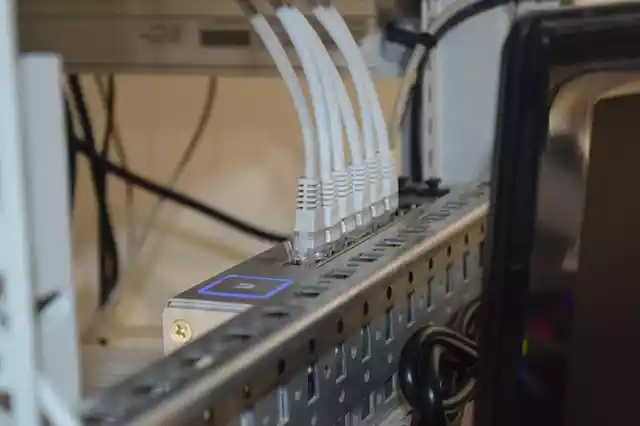
In this article, we will untangle the mysteries of data transmission through wires and explore the fascinating journey it undertakes.
Table of Contents
How Does Data Travel Through Wires?
Data transmission through wires involves a series of complex steps that allow digital information to be transmitted from one point to another.
Let’s break down the process into three main stages: transmission, reception, and interpretation.
1. Transmission (Encoding the Data)
In the first stage of data transmission, the information is converted into electrical signals that can travel through wires.
This process is achieved by encoding the data into binary code, consisting of a sequence of 1s and 0s. These binary digits, known as bits, represent the fundamental units of digital information.
To transmit the data, the bits are encoded into electrical signals. This encoding process utilizes modulation techniques such as amplitude modulation (AM), frequency modulation (FM), or phase modulation (PM).
These techniques modify specific characteristics of the electrical signal to represent the binary data. For example, in amplitude modulation, the amplitude of the signal is varied to denote the 1s and 0s.
2. Reception (Decoding the Data)
Once the encoded electrical signals reach their destination, they need to be decoded back into meaningful data. The reception stage involves the reverse process of encoding, known as demodulation.
Demodulation extracts the original binary data from the received electrical signals. The receiver analyzes the characteristics of the signals, such as their amplitude, frequency, or phase, to determine the original bits of data that were transmitted.
By reversing the modulation process, the receiver can successfully decode the information and prepare it for interpretation.
3. Interpretation (Making Sense of the Data)
After the data has been decoded, it undergoes interpretation to extract meaningful information. The interpretation process depends on the specific application or protocol used.
For example, in internet data transmission, protocols such as TCP/IP (Transmission Control Protocol/Internet Protocol) ensure proper routing and delivery of the data.
Interpretation also involves error detection and correction mechanisms to ensure data integrity. Checksums and error-correcting codes are used to identify and fix any errors that may have occurred during transmission.
These mechanisms play a crucial role in maintaining the accuracy and reliability of the transmitted data.
The Role of Cables in Data Transmission
Now that we understand the process of data transmission, let’s explore the role of cables in this journey. Cables serve as the physical medium through which the electrical signals travel from one point to another.
Different types of cables are used for data transmission, each with its own characteristics and applications.
Twisted Pair Cables
Twisted pair cables are commonly used for short-range data transmission, particularly in Ethernet networks. They consist of pairs of insulated copper wires that are twisted together.
The twisting reduces electromagnetic interference and crosstalk between adjacent pairs of wires, resulting in clearer signal transmission.
Twisted pair cables are further categorized into two types: unshielded twisted pair (UTP) and shielded twisted pair (STP).
UTP cables are widely used in residential and commercial settings, while STP cables provide enhanced protection against external interference.
Coaxial Cables
Coaxial cables are another type of cable used for data transmission. They consist of a central conductor, surrounded by an insulating layer, a metallic shield, and an outer insulating layer.
Coaxial cables are known for their ability to carry high-frequency signals over long distances. They are commonly used in applications such as cable television and high-speed internet connections.
Their construction provides better protection against external interference, making them suitable for environments with high electromagnetic activity.
Fiber Optic Cables
Fiber optic cables represent the pinnacle of data transmission technology. They use thin strands of glass or plastic, known as optical fibers, to transmit data as pulses of light.
This optical transmission method offers several advantages over traditional copper-based cables.
Fiber optic cables provide extremely high bandwidth and can transmit data over long distances without significant signal degradation.
They are immune to electromagnetic interference and offer enhanced security since they do not radiate electromagnetic signals that can be intercepted.
These qualities make fiber optic cables the preferred choice for long-distance and high-speed data transmission, such as internet backbone connections, telecommunications networks, and data centers.
Read more on: Types of Transmission Media in Computer Networks Explained
Wrap Up
Data transmission through wires involves a series of steps. First, the data is converted into electrical signals using encoding techniques like amplitude modulation or pulse code modulation.
These signals are then transmitted through the wires, where they travel as electrical impulses. At the receiving end, the electrical impulses are decoded back into the original data, allowing it to be processed and utilized.
This process ensures reliable and efficient data communication over wired connections.
FAQs about Data Traveling Through Wires
-
Q: Is wireless data transmission more efficient than wired transmission?
- Wireless data transmission offers convenience and mobility, but wired transmission remains more reliable and efficient for high-speed and large-volume data transfer. Wired connections provide better stability and security, making them ideal for critical applications.
Read on: Difference Between Wired and Wireless Networks With Examples
You can also read on: Advantages and Disadvantages of Wired and Wireless Networks
- Wireless data transmission offers convenience and mobility, but wired transmission remains more reliable and efficient for high-speed and large-volume data transfer. Wired connections provide better stability and security, making them ideal for critical applications.
-
Q: Can data be transmitted through any type of wire?
- Data can be transmitted through various types of wires, but the choice of wire depends on factors such as distance, bandwidth requirements, and susceptibility to interference. Different cables, such as twisted pair, coaxial, and fiber optic cables, cater to specific transmission needs.
-
Q: Are there limitations to the speed and distance of data transmission through wires?
- The speed and distance of data transmission can be influenced by factors such as the quality of the cables, the transmission protocol used, and the presence of interference. However, advancements in technology continually push the boundaries of data transmission capabilities.
-
Q: How is data transmission secured when traveling through wires?
- Data transmission security can be ensured through encryption techniques. Sensitive information is encrypted before transmission and decrypted upon reception, ensuring that only authorized recipients can access the data.
-
Q: Can data transmission through wires be affected by external factors like weather conditions?
- Data transmission through wired connections is generally unaffected by weather conditions. However, extreme circumstances like severe electrical storms or physical damage to the cables can disrupt the transmission temporarily.
-
Q: What measures are taken to prevent data loss during transmission through wires?
- Error detection and correction mechanisms, such as checksums and error-correcting codes, are employed to prevent data loss during transmission. These mechanisms enable the detection and recovery of errors, ensuring data integrity.

